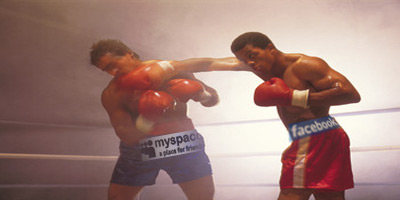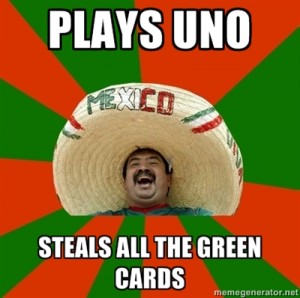[youtube]https://www.youtube.com/playlist?list=PL9cbde6RUmAFDASl_By4A4EH0rUBF_gpi[/youtube]
My Top 15 playlist demonstrates a selection of videos that I not only enjoy watching, but also that represent what I use YouTube for. While I don’t post videos on YouTube myself, I do enjoy watching videos that other people have posted, and I have found that sometimes a connection can be generated just by watching the videos.
Generally, my use of YouTube is to find humor or something to distract me from schoolwork. This is represented in eight of the videos I included, which range from clips from Saturday Night Live to a parody video made by a user named Chris Fleming. My videos also include compilations, such as selected clips from the television show The Office, and news bloopers that happened to reporters and anchors from many different locations. The variety in these types of comedy clips reflects what I look for in YouTube videos; some days, I will prefer to watch a longer, compilation video that features many short, funny clips, while other days I will be more invested in watching longer comedy sketches or parodies.
Outside of looking for laughs, another category that I discovered in my YouTube playlist is that of videos that are based around celebrities. While they don’t make up a huge portion of the YouTube videos I watch, I do enjoy viewing celebrity interviews and lip synch competitions, which are some of the videos I included in my playlist. Though I enjoy insights into the lives of famous actors and actresses, I also generally find that after a few of these videos, they begin to blend together. There is typically some sort of comedic aspect to keep me interested, but I definitely watch fewer of these celebrity-based videos than I do comedic ones, simply because after a certain point, they all can seem the same.
In addition, I included several videos centered around music in my playlist. I find that some of the most common ways I listen to music in general is through YouTube. When I am doing work and need background noise, it is very easy to put together a playlist of some of my favorite instrumental music to help me to study. Specifically in my playlist, I also included some covers of famous songs done by a group of sisters. I have been watching their videos for several years now, and I find their videos and music to be interesting ways to connect with them. Though I have never met these sisters in person, I enjoy listening to both their covers and their original songs, and I feel that I have gotten a unique way to connect with them through their vlogs as well.
Lastly, I included a workout video in my playlist. I only included one workout video, since that it fairly proportionate to my viewing of workout videos on YouTube in general. While I don’t watch or use many videos when I workout, I do find them useful as free and easily accessible ways to switch up my workout routine. Overall, that is what YouTube is really all about for me: a free and accessible way to be entertained, informed, and hopefully made a little happier.




















